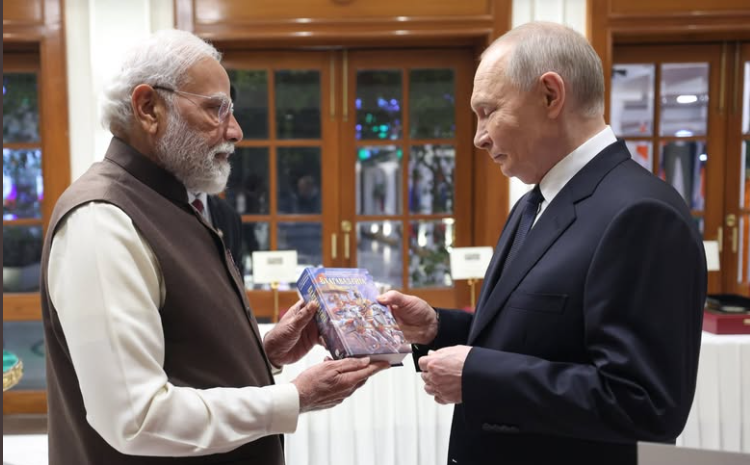Can India become a potentially global manufacturing hub especially in the post pandemic world?
- InduQin
- Mar 29, 2022
- 2 min read

The pandemic has had a seismic impact on global production networks such that the logistics costs and sourcing networks have altered fundamentally. Manufacturing has arisen as one of the high development areas in India.
India today is sitting on the cusp of a great economic opportunity. The unprecedented times of the COVID-19 pandemic have stirred up the whole world, and India has also not been spared by the antagonistic effect of the same. According to the study led by the Federation of Indian Chambers of Commerce and Industry (FICCI), capacity use in India’s manufacturing area remained at 72.0% in the second quarter of FY22, indicating a momentous recovery in the area.
The Prime Minister of India, Narendra Modi, launched the "Make in India” program to put India on the world map as a manufacturing centre and give worldwide recognition to the Indian economy. A small 10% shift in demand from China to India can double India’s exports. The recent rise in export numbers-almost a 40% increase in December alone, is a testament to this undercurrent.
Businesses today are more worried about resilience in their supply chains and are therefore looking to expand their supplier networks. By 2030, India could possibly become a worldwide manufacturing hub. It can add more than $500 billion a year to the global economy. As indicated by the Department Promotion of Industry and Internal Trade (DPIIT), India has become one of the most alluring destinations for investment in the manufacturing area. Aggregate FDI inflows in the manufacturing subsectors added up to US $100.35 billion between April 2000 and June 2021. In May 2020, the government of India expanded FDI in defence manufacturing under the automatic line from 49% to 74%.
Over the last few decades, China has been the de-facto factory of the world. From industrial raw materials to chemicals to finished building materials, they are all sourced from China. But the pandemic has made businesses realise that they cannot just rely on a single manufacturing hub, which the commentators have titled "China+1” business sentiment.
India needs to be careful not to miss out on this tail wind. Because this is a once-in-a-generation economic opportunity for India, Along with India, other ASEAN region countries are also eyeing the same trends and stand to gain substantially, especially if we do not get our act together. This is a two-year window, and we have to make sure we do not miss out.
Read More at https://timesofindia.indiatimes.com/blogs/voices/can-india-become-a-potentially-global-manufacturing-hub-especially-in-the-post-pandemic-world/







Comments